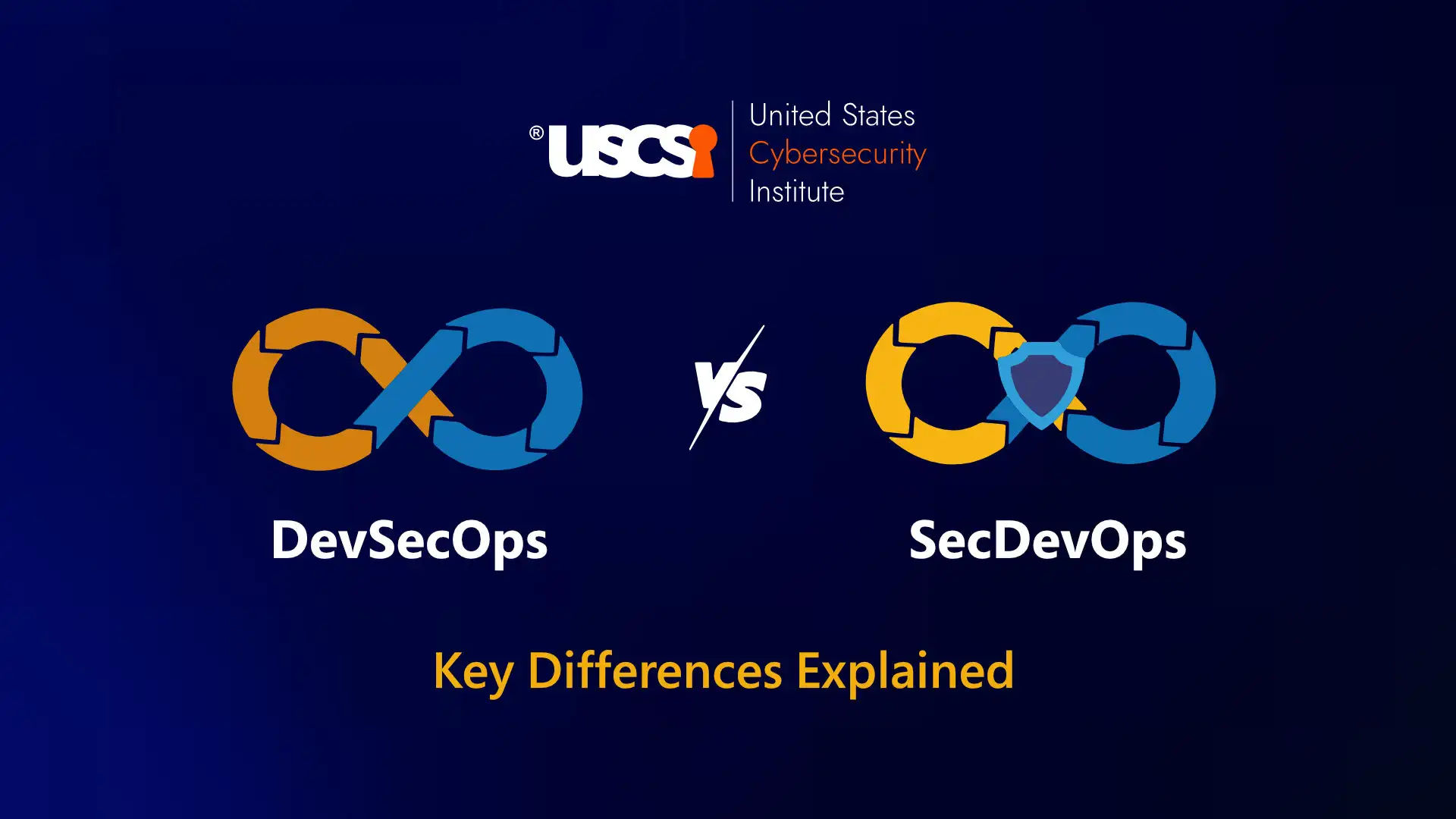

Cybersecurity Awareness Training: Is It Important in K-12 Education?
Cybersecurity is a clever landmark in the wake of digitization and business transformations powered by AI. With appropriate cybersecurity awareness training and tools in place, businesses are gaining big guns. However, it is not just the business landscape that is profiting; a majority of other sectors are making their run with powerful cyber systems in place.
Have you ever thought of cybersecurity’s role in the education sector? Schools and the education sector require enterprise-class security measures and hardware-enabled security to assist in guarding the learners, faculty, and data from cyberattacks. Schools and educational institutions have been facing staggering attacks in their cyberspaces. Malwarebytes.com reveals ransomware attacks in education surge with 92% spike in K-12 attacks.
This has made essential the role of a stringent cybersecurity toolkit for K-12 schools to keep malicious attackers at bay, and guard their systems with extra cyber walls. Let us look at the way threat actors break into the cyberspaces of educational institutions and the diverse challenges that they face.
Top 5 Cyberattack Challenges in Educational Institutions:
- Malware attacks
K-12 and higher education institutions faced a significant surge in attacks, with a 92% rise in k-12 attacks and 70% in higher education (Malwarebytes.com).
- Ransomware attacks
Trustwave SpiderLabs reports that ransomware attacks have become a dominant source of breaches in the education sector.
- Phishing and Spear-Phishing attacks
Phishing attacks will continue to evolve in 2024; as the industry experts reveal that phishing scams will become even more sophisticated and prevalent (trustnetinc.com).
- DDoS attacks
Distributed denial of service attacks against K-12 school districts have been sharply increasing and are stipulated to grow in frequency, duration, and scale.
- Insider Threats
With insider threats causing nearly 60% of reported breaches, the 2024 challenge acknowledges aggressive readiness is crucial.
Quick Facts and Figures- Cyberattacks in the Education Sector (packetlabs.net):
- 29% of K-12 school districts have reported being successfully targeted by cybercriminals
- 12% of districts do not currently allocate funds to proactive cybersecurity
- Global ransomware attacks against both K-12 and higher education cost USD 53 billion through 2023
- Only 33% of education sector staff feel that they have sufficient cybersecurity measures in place
- 66% of school districts do not have full-time cybersecurity expert staff
Why is Cybersecurity Awareness important in Education?
Cybersecurity awareness is essential as the knowledge and comprehension of the digital system and its protection procedures and guidelines are a must for the cyber health of any educational institution. It involves identifying cyberthreats, understanding associated risks, and adopting safe practices.
This understanding is deemed inevitable as it guards both individuals and organizations from cyber incidents, specifically nurtured by training, credible cybersecurity certifications, and ongoing education. Adding to this fact, most teachers and facilitators are learning about several new technological platforms to perform their jobs, from teaching to grading and communicating information to the parents. This stage is prone to critical cyberthreats such as spoofing and phishing attempts due to them being unfamiliar with the new platforms being introduced to guard against.
Importance of Data Privacy for Educational Institutions:
School districts and universities remain one of the most vulnerable targets for cyberattacks. The following steps could cater to resolving the threat menace and evolve safely in the longer run.
- Crafting comprehensive privacy notices
- Solidifying Contractual agreements
- Implementing Data protection impact assessments
- Harmonising technical and organizational measures
- Managing extra-curricular activities with multi-factor identification
6 Ways to Increase Cyber Safety and Build Cybersecurity Framework:
- Being Proactive is critical to safeguard your educational institution from cyberattacks as it shall help in avoiding a breach by training faculty, admin, and learners. Anybody accessing the system with a login must be taught to identify and avoid phishing emails and malicious links. Hands-on experiential learning shall pave the security way ahead.
- Deploying multi-factor authentication allows enough room for the institution to keep the threat actors at bay.
- Designing specialized cybersecurity awareness training and cybersecurity certification programs will assist aspirants to become credible cybersecurity professionals with top skills in security frameworks, domain applications, and much more.
- Partnering with industry partners will ensure the curriculum is updated with the recent advancements in industry trends and technologies.
- Developing an Incident-response plan that includes steps to contain the attack, recover any lost data, and communicate with the stakeholders is critically important.
- Ensuring accessible quality top cybersecurity certification programs for all refers to diluting the significant barrier in educating the workforce as well as the student fraternity about cybersecurity norms and frameworks.
Popular Tools and Technologies Guiding the Future of Cybersecurity Education:
- Artificial intelligence and Machine learning
- Behavioral Biometrics
- Zero-trust architecture
- Internet of Things (IoT)
- Cloud Computing
Best Practices of Cybersecurity Awareness Training:
K-12 schools and higher education have evolved to be highly tech-inclined to offer a better learning landscape for students. Educators must lead by example and must upskill themselves with the best-in-line cybersecurity awareness programs that can dramatically restrict cyberattacks. K-12 educational institutions must target securing in the following ways:
- Password Hygiene- Make sure that the platforms use multi-factor authentication
- Phishing Simulation- Customise the platform to identify the target user and guard against attack
- Incident Response Plan- They are personalized to your needs and report any slip-ups
Final Word:
Looking at this exhaustive bible about cybersecurity flaws and stringent frameworks that could work magic for K-12 educational institutions and students plays a critical role. Securing the back-office systems and making the student fraternity understand the significant risks to them shall make the road ahead easy and comprehensible. From college identity theft to sensitive data leaks from institutional databases is important to be countered in the first go. This blog reveals steps to contain the menace and provide a secure environment for the teaching-learning fraternity worldwide.





